When night falls over the ocean, the light in our hands becomes the sole protagonist. For those equipped with fixed 120-degree wide-angle lights, the conventional mindset of "precise spotlighting" must shift to one of "scene rendering." Your light is born to illuminate an entire canvas, not just a single point. In night diving, this becomes your unique advantage for creating stunning dramatic effects.

Abandon the Chase, Embrace the Environment
While narrow-beam lights strive to "find" a small creature in the darkness, your wide-angle light is designed to "present" a stage. Your core approach should transition from tracking individual small subjects to seeking out and illuminating an engaging scene: a uniquely shaped coral cluster, a sponge community, a lobster nestled under a coral branch, or a dive buddy observing something on the sandy bottom. Your light acts like stage lighting, spreading evenly to elegantly "cut" this small stage out of the endless darkness, while the surrounding blackness serves as a natural frame, adding narrative depth to the image.

Control the Drama with Distance and Angle
-
Get Closer, Closer Still: This is the most critical rule. To make your wide-angle light more concentrated and brighter, you need to actively move closer to your subject. When you’re near enough (within one meter, for example), your wide beam will still cover the entire scene, but its intensity increases dramatically, perfectly restoring colors and separating the subject from the pitch-black background, creating a powerful visual focus.
-
Manipulate Angles for Dimension: Extend your light arms and experiment with lighting from above or to the side. This simple adjustment is key to creating drama. Side lighting adds depth to the contours of creatures and people, casting long, dynamic shadows behind them that instantly inject narrative atmosphere into the shot. Always avoid aligning the light directly with the lens axis (shining straight ahead), as this produces flat lighting and unattractive backscatter.

Advanced Techniques: The Artist of Light and Shadow
Your wide-angle light is the perfect tool for painting with light.
-
-
Edge Lighting: Try capturing a clear silhouette, such as a dive buddy or a sea turtle in profile. Position your light to the side and slightly behind the subject, allowing the beam to graze their outline. This creates a bright halo along the edges, separating them from the black background and evoking a mysterious, sophisticated visual effect.
-
The Scan: When shooting video, slowly "scan" your light across a reef wall. Like a spotlight, the beam gradually reveals the life and colors of the reef, building suspense and making the reveal far more captivating than illuminating everything at once.
-
Night diving photography is the ultimate adventure of light and shadow. It challenges your skills and fuels your creativity. A reliable, long-lasting lighting system is your most trusted companion in exploring this nocturnal realm. It empowers you to focus with precision and direct with creativity, capturing magical moments unseen by day. If you’re ready to unveil the ocean’s nightscape, now is the time to invest in gear that unlocks your full creative potential—and to tell stories that belong exclusively to the depths of the night.

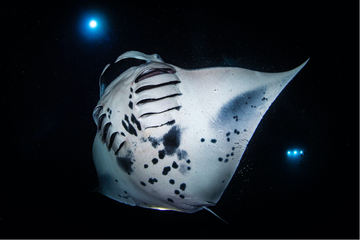
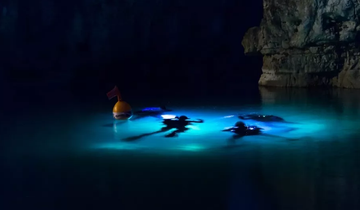
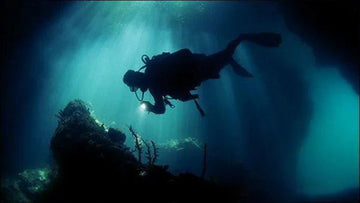
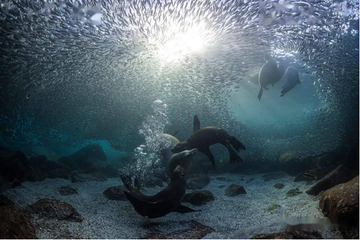
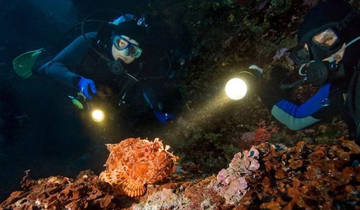
ngu0dl
ngu0dl